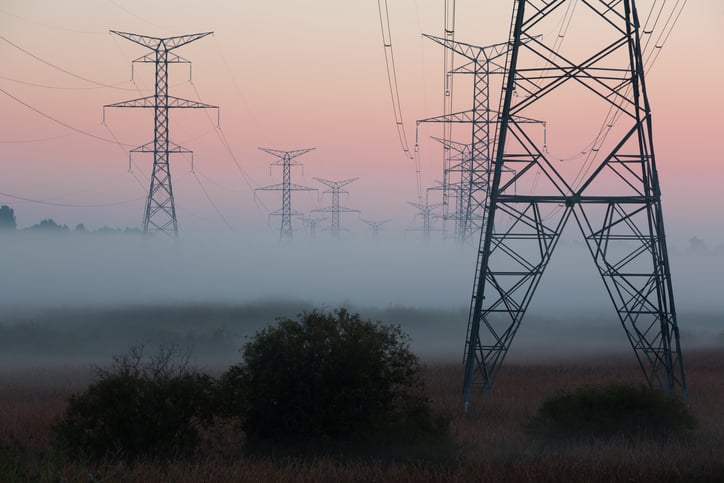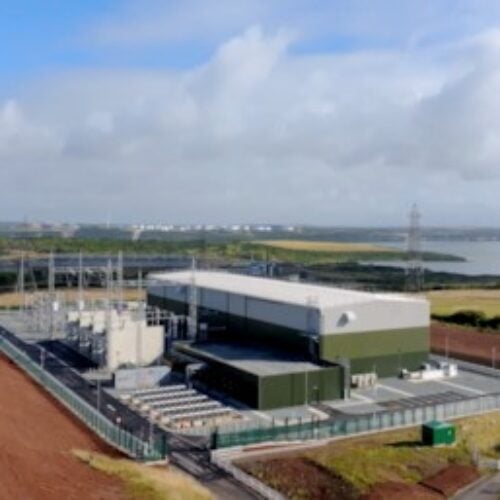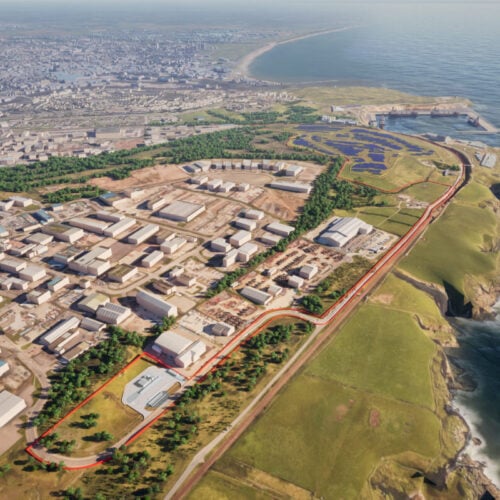The Department for Business, Energy and Industrial Strategy (BEIS) has set the target for the T-1 2021/22 Capacity Market auction as low as possible at 0.4GW.
This is despite National Grid ESO recommending a target capacity of 0GW in its Electricity Capacity Report.
However, as the BEIS Panel of Technical Experts (PTE) – which also provided advice on the targets – explained, BEIS is still “obliged to hold an auction” and according to legislating must set a target capacity of at least half of what was set aside when determining the target capacity for the T-4 2021/22 auction, resulting in the 0.4GW target.
In a letter to National Grid ESO, energy minister Kwasi Kwarteng said this target is justified due to the “uncertainty and potential risks from the ongoing COVID-19 pandemic” as well as recent prolonged plant outages. He, too, cited BEIS’ “long-standing commitment” to setting a target capacity for T-1 auctions.
The previous T-1 auction – for 2020/21 – procured just over 1GW of capacity, over double what is being targeted for 2021/22.
Its low clearing price – just £1.00/kWh/y – did cause concerns around the role of the T-1 auctions, with Cornwall Insight’s head of training, Ed Reed, commenting “with such a low price, it raises the question of whether running these T-1 auctions for relatively low capacity is beneficial”.
However, it’s not only the T-1 auction’s target that has been lowered in comparison to previous years.
BEIS is targeting 41.2GW for the 2024/25 T-4 auction in line with National Grid ESO’s recommendation, which was also agreed upon by the PTE.
However, the 41.2GW target is a drop when compared to the 43.7GW procured in the T-4 auction for 2023/24.
It’s an even further drop when compared to the target for 2021/22, which was set at 50GW.
In his letter, Kwarteng noted how National Grid ESO’s recommendations don’t take into account any impacts of COVID-19, with the system operator stating in the ECR that it will review the demand and supply assumptions in light of the pandemic.
This, Kwarteng said, will inform any recommendations for potential adjustments in the autumn to the demand curve and secretary of state considerations for parameters adjustment.
“In recognition of the uncertainty around COVID-19, I would like the engagement between National Grid ESO, BEIS and the PTE to continue over the coming months to inform future parameters decisions,” he continued.
The effect of COVID-19 on the Capacity Market has already made its way onto BEIS’ radar, stating in April that it is considering the introduction of new rules and regulations.
This includes removing or relaxing certain deadlines and obligations, reducing administrative and operational burdens and minimising the likelihood of terminations arising from the pandemic.






